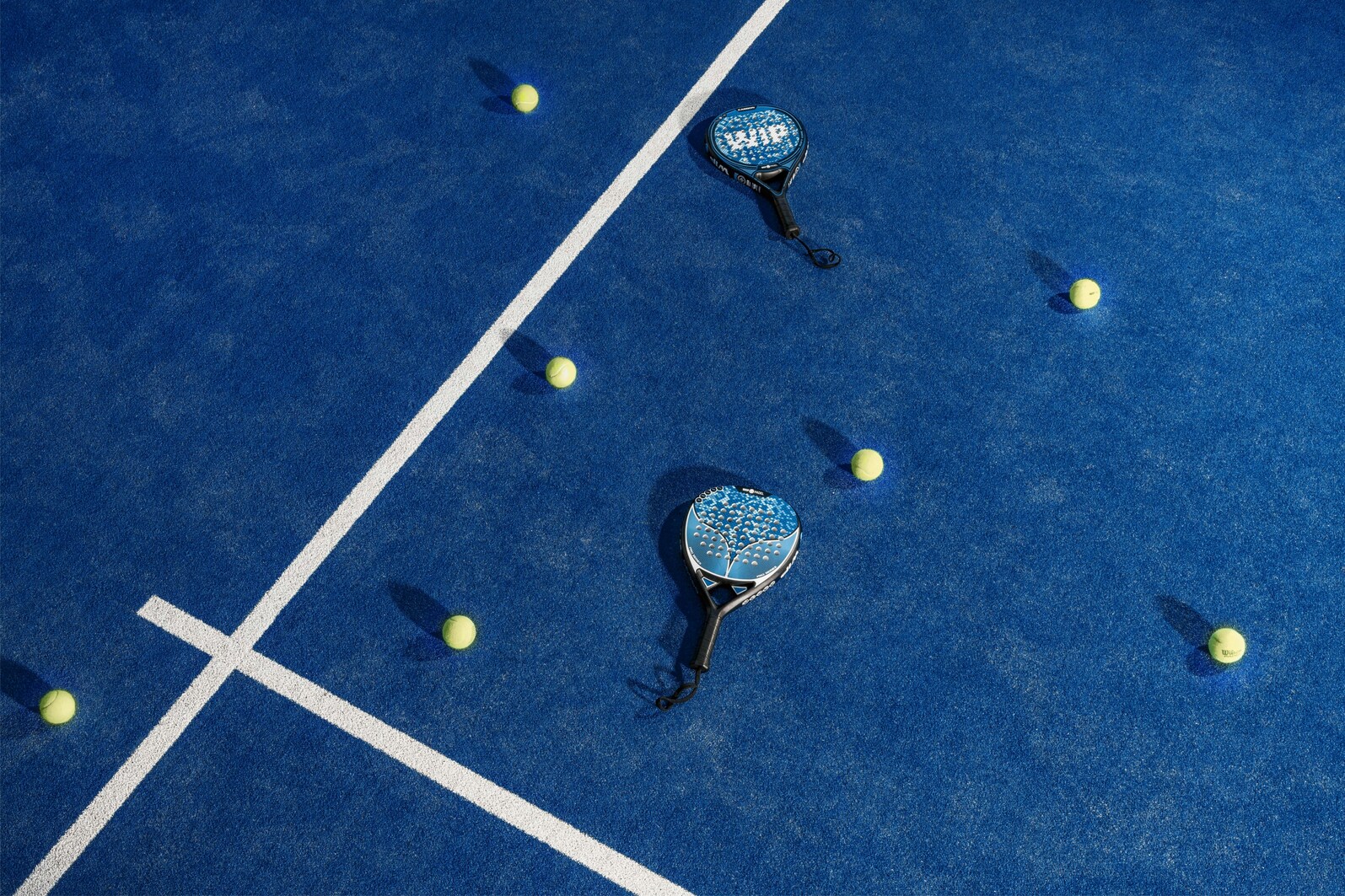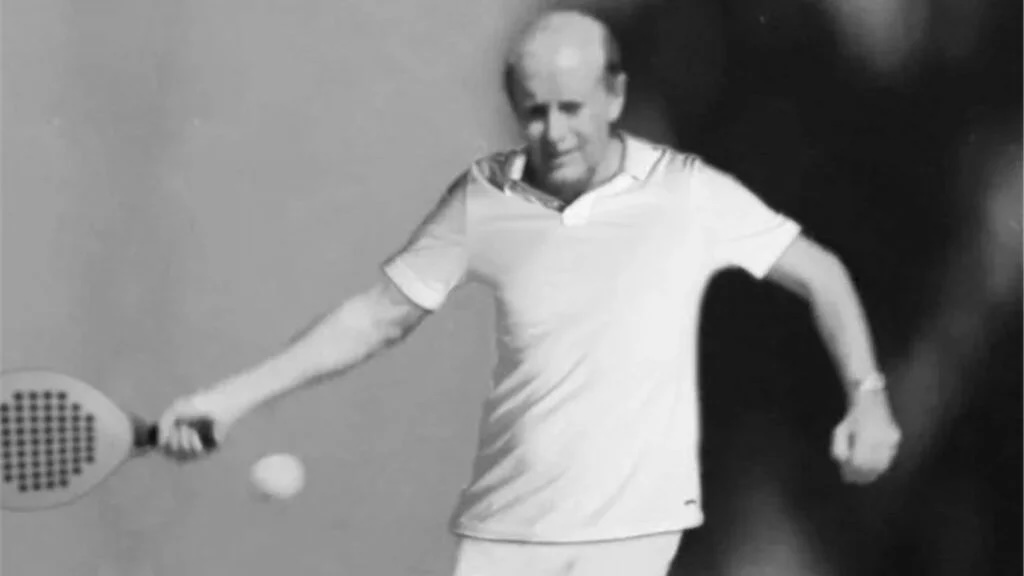The Complete Arsenal: A Tour of Every Padel Shot
A practical, organized guide to padel shots: when to use them, how to execute them, and common mistakes.

The Complete Arsenal: A Tour of Every Padel Shot
If you want to level up, you must master your arsenal. This tour, organized by game situations, shows the key padel shots, when to use them, and what mistakes to avoid.
Serve (start of the point)
- Flat serve: clean, direct contact. Ideal to put the ball quickly into the return box.
- When to use: first serves, fast conditions
- Common mistake: exceeding waist height or stepping on the line
- Slice serve: side‑spin with a low bounce after the bounce
- When: to force low returns or towards the wire mesh
- Mistake: leaving it short and gifting an attack ball
- Kick serve (topspin): high bounce that opens toward the side wall
- When: to bother backhand returns and provoke floating returns
- Mistake: too much wrist, losing control
- Body serve: aims to jam the returner
- When: Golden Point or very aggressive returners
- Mistake: predictable direction
- Glass serve: bounces in the box then hits the back glass
- When: fast courts or lively bounce
- Mistake: excessive height that makes return easy
Baseline shots (build and defend)
- Forehand drive: the base of play; can be flat, topspin, or slice
- Key: stability, weight forward, finish height per effect
- Backhand drive: similar to forehand; two‑handed for stability if you use it
- Topspin from the back: high trajectory that falls deep
- Use: build without giving away an attack ball
- Slice from the back: low, skidding ball
- Use: slow the rhythm or force volleys from the feet
- Defensive lob: high, deep, and central
- Use: escape trouble and recover the net
- Mistake: short to the middle (gifts a smash)
- Offensive lob (to corner/wire): precise to displace the pair
- Drop shot from the back: surprise when rivals are far back
- Parallel/cross passing: accelerate down the line or cross to the volleyer’s feet
- Key: low and tense; best after a chiquita or slow ball
- Rulo (cross topspin that opens): after the side wall, the ball moves away
- Use: pass the volleyer covering the middle
Using the walls (padel’s DNA)
- Wall return (FH/BH): control timing after bounce + wall
- Key: get behind the ball and step through the shot
- Wall drop (bajada de pared): attacking after the wall with a low, tense trajectory
- Use: when the ball arrives high and deep
- Double wall (back + side): to reposition or change directions
- Counter‑wall (your wall before sending the ball): to buy time on very deep balls
- Side wall: for short angles or height variation
Net play (pressure and finishing)
- Forehand volley: control and depth to the feet
- Backhand volley: more stable; ideal cross to opponent’s feet
- Half‑volley: right after the bounce when caught in transition
- Block volley: absorb pace defending smashes or heavy balls
- Deep volley to the corner: opens gaps and forces lobs
- Chiquita: low, slow ball to the rival’s feet at net
- Use: recover the net or set up a passing
- Net drop shot: soft finish when opponents are far back
Overheads (defense‑to‑attack)
- Bandeja: control overhead with slice
- Use: keep the net and punish mediocre lobs
- Mistake: leaving it short and high (invites counter)
- Vibora: more aggressive, side‑spin overhead
- Use: define without losing control, aim for wire or corner
- Flat smash: direct power to finish
- Use: very favorable ball above the head
- Kick smash (topspin): bounce that opens, useful to take it out by side
- Smash “por tres/cuatro”: take it out over the side/back wall
- Gancho: overhead from the backhand side with a cross trajectory
- Bring it back to your side: hit the top glass so the ball comes back
- Use: when you can’t take it out by 3/4
- Fake smash (disguised bandeja): swap power for control at the last moment
Defensive and transition resources
- Smash block: firm racket, low cross or to the middle
- Emergency lob: high lob even off‑balance
- Counter after wall: defend deep and take the net
- Recoveries outside the court: chase balls that exit after a smash by 3
- Topspin to the feet in transition: slow down someone closing to the net
Frequent mistakes and how to avoid them
- Hitting hard without leg position or strike distance
- Short lobs to the middle: prioritize height and depth
- Bandejas without intention: choose control (deep) or aggressive (to the wire)
- High volleys without direction: aim to feet or near the side wall
How to train your arsenal
- Pick 3 shots per week and set reps with a target (height, depth, direction)
- Combine situational drills: chiquita + passing, lob + bandeja, wall return + volley
- Record 10 minutes per session and review: strike distance, contact height, and finish
Ready to put it into practice? Save your matches in padellog and discover which shots earn you the most points.





